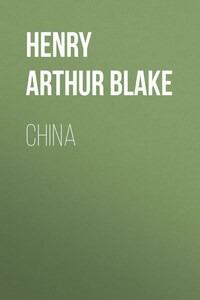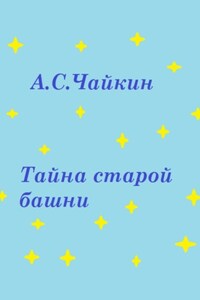In attempting even a slight sketch of China, its physical features, or some of the manners and customs of the various peoples whom we designate broadly as the Chinese, the writer is confronted with the difficulty of its immensity. The continuous territory in Asia over which China rules or exercises a suzerainty is over 4,200,000 square miles, but China Proper, excluding Manchuria, Mongolia, Tibet, and Turkestan, consists of eighteen provinces, covering an area of 1,530,000 square miles, with a population of about 410,000,000, or about twelve and a half times the area of the United Kingdom, and ten times its population.
This area is bounded on the west by southern spurs from the giant mountain regions of Eastern Tibet, that stretch their long arms in parallel ranges through Burma and Western Yunnan, and whose snow-clad crests send forth the great rivers Salween and Mekong to the south, the Yangtze and Yellow Rivers to the east, to fertilize the most productive regions on the surface of the globe.
It is this conformation that has so far presented an insurmountable barrier to the construction of a railway from Bhamo in Burmese territory to the high plateau of Yunnan, from whence the province of Szechwan, richest of all the eighteen provinces in agricultural and mineral wealth, could be reached. Some day the coal, iron, gold, oil, and salt of Szechwan will be exploited, and future generations may find in the millionaires of Szechwan Chinese speculators as able and far-seeing as the financial magnates who now practically control the destinies of millions in the Western world.
The portion south of the Yangtze is hilly rather than mountainous, and the eastern portion north of that great river is a vast plain of rich soil, through which the Yellow River, which from its periodical inundations is called China's Sorrow, flows for over five hundred miles.
In a country so vast, internal means of communication are of the first importance, and here China enjoys natural facilities unequalled by any area of similar extent. Three great rivers flow eastward and southward – the Hoang-ho, or Yellow River, in the north, the Yangtze in the centre, and the Pearl River, of which the West River is the largest branch, in the south. The Yangtze alone with its affluents is calculated to afford no less than 36,000 miles of waterways. The river population of China comprises many millions, whose varied occupations present some of the most interesting aspects of Chinese life.
The population of China is composed of different tribes or clans, whose records date back to the dynasty of Fuh-hi, 2800 B.C. Sometimes divided in separate kingdoms, sometimes united by waves of conquest, the northern portion was welded into one empire by the conqueror, Ghengis Khan, in A.D. 1234, and seventy years later the southern portion was added by his son, Kublai Khan, who overthrew the Sung dynasty. It was during his reign that China was visited by Marco Polo, from the records of whose travels we find that even at that time the financial system of the Far East was so far advanced that paper money was used by the Chinese, while in the city of Cambaluc – the Peking of to-day – Christian, Saracen, and Chinese astrologers consulted an astrolabe to forecast the nature of the weather, thus anticipating the meteorological bureaux of to-day.
There are, however, still districts in the southern portion of China where the aboriginal inhabitants have never accepted the position of complete incorporation with the Chinese neighbours. In the mountain district between the provinces of Kwangtung and Hunan a tribe exists known as the Yu people, in whose territory no Chinese officials are permitted to reside, nor do they allow strangers to enter their towns, which are built on crags difficult of access and capable of offering a stubborn resistance to attack. Their chief occupation is forestry, the timber being cut during the winter and floated down the mountain streams when in flood. Their customs are peculiar. Among them is the vendetta, which is practised by the Yu alone of all the people in the Far East. But no woman is ever injured; and even during the fiercest fighting the women can continue their work in the fields with safety. Their original home was in Yunnan and the western part of Kwangsi, from whence they were driven out by the Chinese in the time of the Sung dynasty. The Yu, Lolos, Miao-tse, Sy-fans, etc. (all Chinese names expressive of contempt, like our "barbarians"), are stated by Ma-tonan-lin and other Chinese historians to have been found inhabiting the country when, six thousand years ago, it was occupied by the ancestors of the Chinese, who came from the north-west. The savage inhabitants were gradually driven into the hills, where their descendants are still found. Their traditions point to their having been cannibals. Intermarriage with the Chinese is very rare, the Chinese regarding such a union as a mésalliance, and the aboriginal peoples as a cowardly desertion to the enemy. The embroideries worked by the women are different from those of the Chinese and, I am informed, more resemble the embroideries now worked at Bethlehem. They are worked on dark cloth in red, or sometimes red and yellow.








